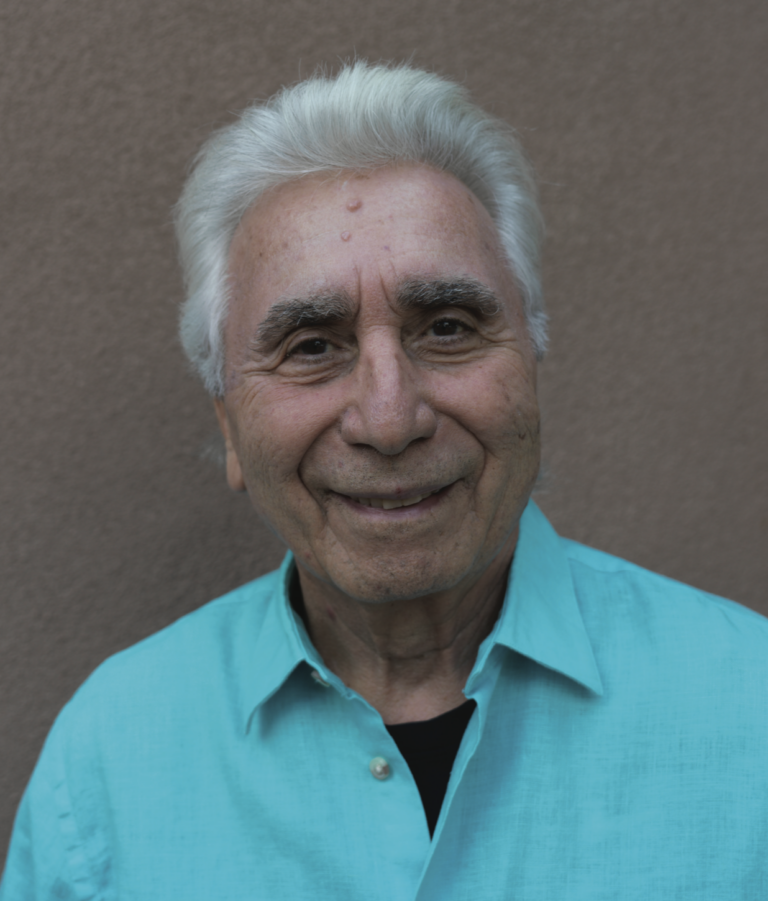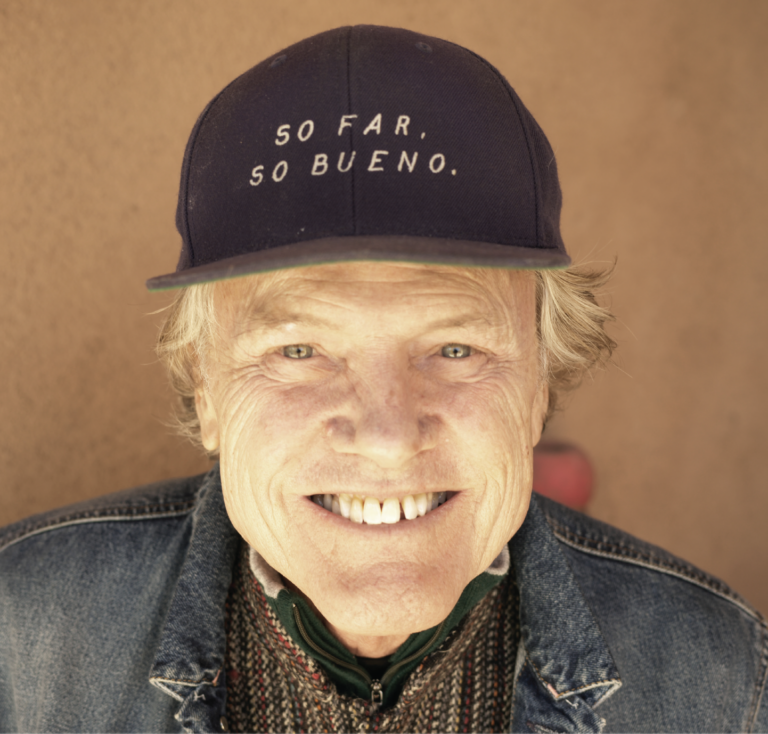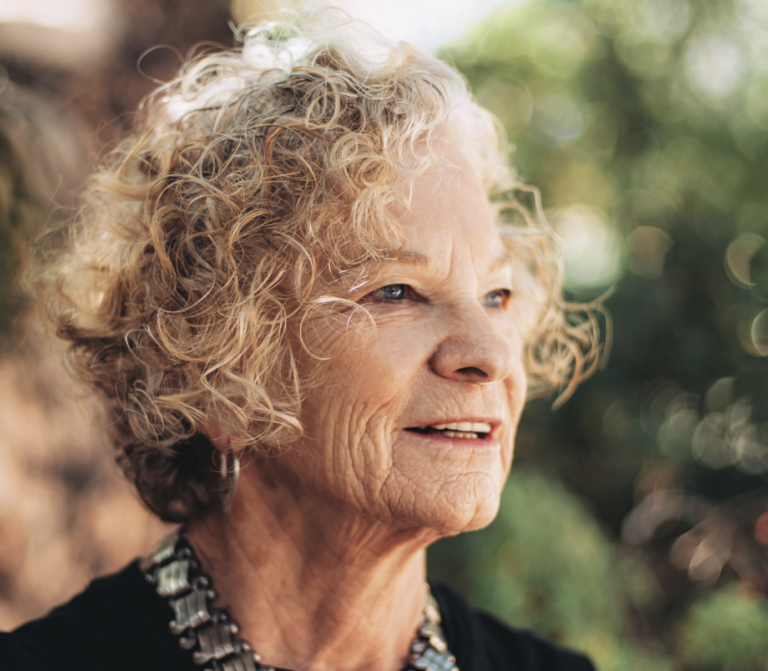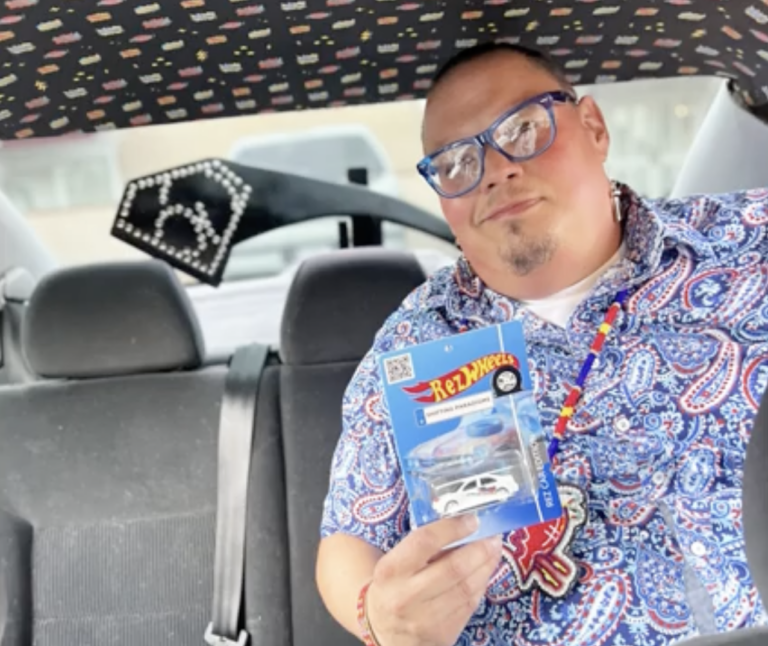THERE IS SOMETHING WILD IN ROBERT KING’S BACKYARD. Clay. Feral clay. Stone clay. Clay that has rested in the Galisteo Basin for millions of years. And it is healing Robert King.
King heals other people. He’s a doctor, specializing in desperately needed gender-affirming care. Before that, he launched a radical program to train native physicians in his home, the Choctaw reservation in Oklahoma.
A lot of amazing work. And, well, a lot of work. So, when he needed a break, something new, he moved to Galisteo and started to work with the clay. Just like that. No training, nothing. Except a passion for the earth and this material. And now it’s his muse, and his teacher.
You’re a doctor.
Yeah, I do telemedicine. Primarily psychiatry and gender-affirming care.
I was working with someone recently. Our patients get to choose what name they have on their chart, what the doctor will call them. They have their legal name and their chosen name. I greeted this person by their chosen name and they started crying uncontrollably. And I asked, Is everything OK? And they said, No on has ever called me that. It’s moving stuff. And there’s a huge need for it in our world.
Before that, I was working on my reservation, the Choctaw nation, in Oklahoma. I’m trained as a family medicine doctor, and I started a practice for my tribe. Within the Oklahoma tribes, there are huge health disparities, issues with access to care, quality of care, and provider mistrust.
A big part of it was that physicians aren’t grown in those areas, they’re not native, they’re brought in from other places, and there’s high turnover. So there’s a new physician every time you go.
So I started a family medicine residency program, where we trained physicians on site, in the hopes that they would stay. Amazingly, we were insanely successful – 90% of our resident physicians practiced in rural areas and 75% practiced on the reservation. We did that for ten years. It was dramatic, incredibly dramatic.
But it was also really hard work. I busted my ass for a decade, and began to get burned out. I finally turned over the program to two of my former graduates, and they’re still running the program today.
I needed a break and that’s when I came to New Mexico. I’ve always liked the lower Rockies and this place seemed perfect.
And you started working with clay.
I picked it up during COVID. COVID was a time we had to be inside – and inside ourselves. That’s when I discovered clay. Which is strange because it feels like I’ve done it forever. The first time I sat down and the clay began spinning, I thought, I want to do this for a really long time.
But at first I was using clay I’d purchased and it didn’t feel right. I was trying to connect to this place and it seemed so foreign. When I started using the local clay, it made all of the difference.
I was immediately attracted to where I live, the Galisteo Basin, but I was also a little afraid of it. It’s so windswept and desolate. And when I started using the local wild clay, my pottery became…
Windswept and desolate.
Yes! I’m always drawn to the things that make me a little afraid.
I don’t like to use much glaze. I prefer just the native clays that I get locally, right here on my property, in the arroyos. The clay here is stoneware clay, so I can make dinnerware with it – it’s pretty rare and its right in my backyard.
If you look at my work, it’s just local wild clay and water, that’s literally it. There’s so much soul in the clay. I don’t do anything to it.
It’s interesting coming to this as a doctor. Obviously there’s the dynamic process of making pottery, but it’s also intensely scientific. On any given day, I may be playing geologist, archaeologist, chemist, engineer. To truly be able to manage your craft, you have to know a lot about a lot of different sciences. So it was a fit for me. For sure.
It seems like the clay has sort of changed your life.
It’s been really, really important for me. One of the things the clay has taught me is about accepting impermanence. There’s so many things that can go wrong. You can do everything right and still something doesn’t work. Of course, every now and then I get attached to a piece and that is dangerous business.
It’s just letting go. I mean, in what other art form do you do all of your work and then just hand the piece over to an oven and temperatures of 2300 degrees? You never really know what’s going to happen. You set things in motion, but then you have to release it. Every time, you have to release it.
You can’t control it.
Control. Yeah, that was important for me because growing up as a young man, I felt a lot of times that I didn’t have much control, and so there were times in my life where I tried to exert control, force control. Really, the clay has been profound for me. It’s a relationship with the earth.
I want the clay to be wild. I’m not going to throw a bunch of pretty glazes on it and make it precious. I want it to be as it is.
Photo SFM








